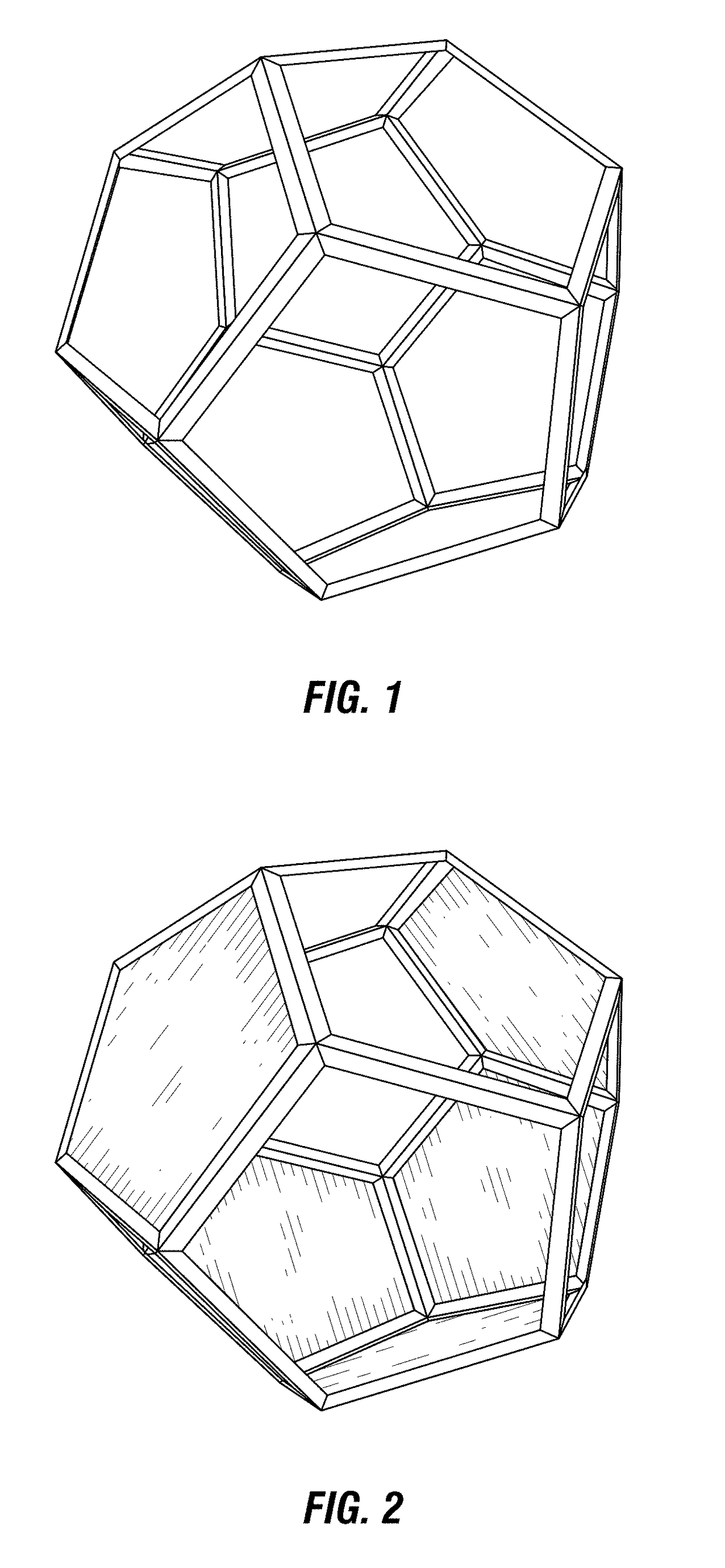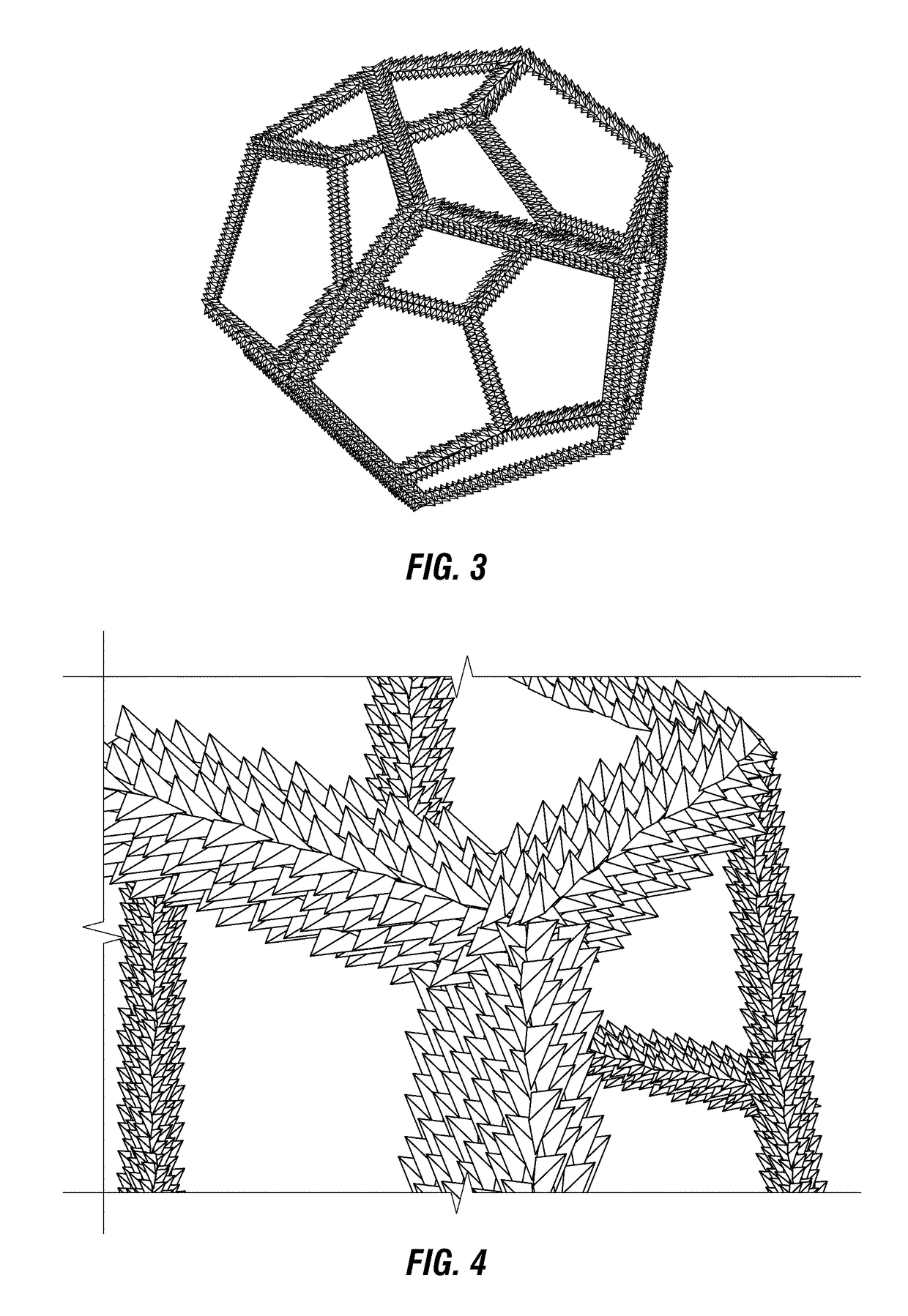Structured elements and methods of use
a technology applied in the field of structure elements and methods of use, can solve the problems of unfavorable stream species, negative effects on the performance of units contiguous to, downstream of, or integrated with such units, fouling, clogging, etc., and achieves the effects of effectively removing particulates, and reducing the number of undesired species in the stream
- Summary
- Abstract
- Description
- Claims
- Application Information
AI Technical Summary
Benefits of technology
Problems solved by technology
Method used
Image
Examples
Embodiment Construction
[0027]The presently disclosed subject matter relates to materials and methods for enhanced treatment of streams to, from and / or within process units. Units typically have internals to tailor streams entering and / or within the unit. Units also have internals to undertake desired unit operations, such as, for example, catalytic reactions and / or mass transfer. Stream treatment functions can include attracting, retaining and / or otherwise mitigating undesired species and / or ensuring effective stream flow division and distribution. The undesired species can include, without limitation, solid particulates, molecular species and entrained fluids.
[0028]Units can have streams entering the units as feeds, internal streams (such as recycle streams) within the units and streams exiting the units as products. The handling of these streams can involve a variety of activities including but not limited to (i) mitigating undesired species, (ii) ensuring effective stream flow division and distribution...
PUM
| Property | Measurement | Unit |
|---|---|---|
| surface area | aaaaa | aaaaa |
| sizes | aaaaa | aaaaa |
| surface area | aaaaa | aaaaa |
Abstract
Description
Claims
Application Information
 Login to View More
Login to View More - R&D
- Intellectual Property
- Life Sciences
- Materials
- Tech Scout
- Unparalleled Data Quality
- Higher Quality Content
- 60% Fewer Hallucinations
Browse by: Latest US Patents, China's latest patents, Technical Efficacy Thesaurus, Application Domain, Technology Topic, Popular Technical Reports.
© 2025 PatSnap. All rights reserved.Legal|Privacy policy|Modern Slavery Act Transparency Statement|Sitemap|About US| Contact US: help@patsnap.com



